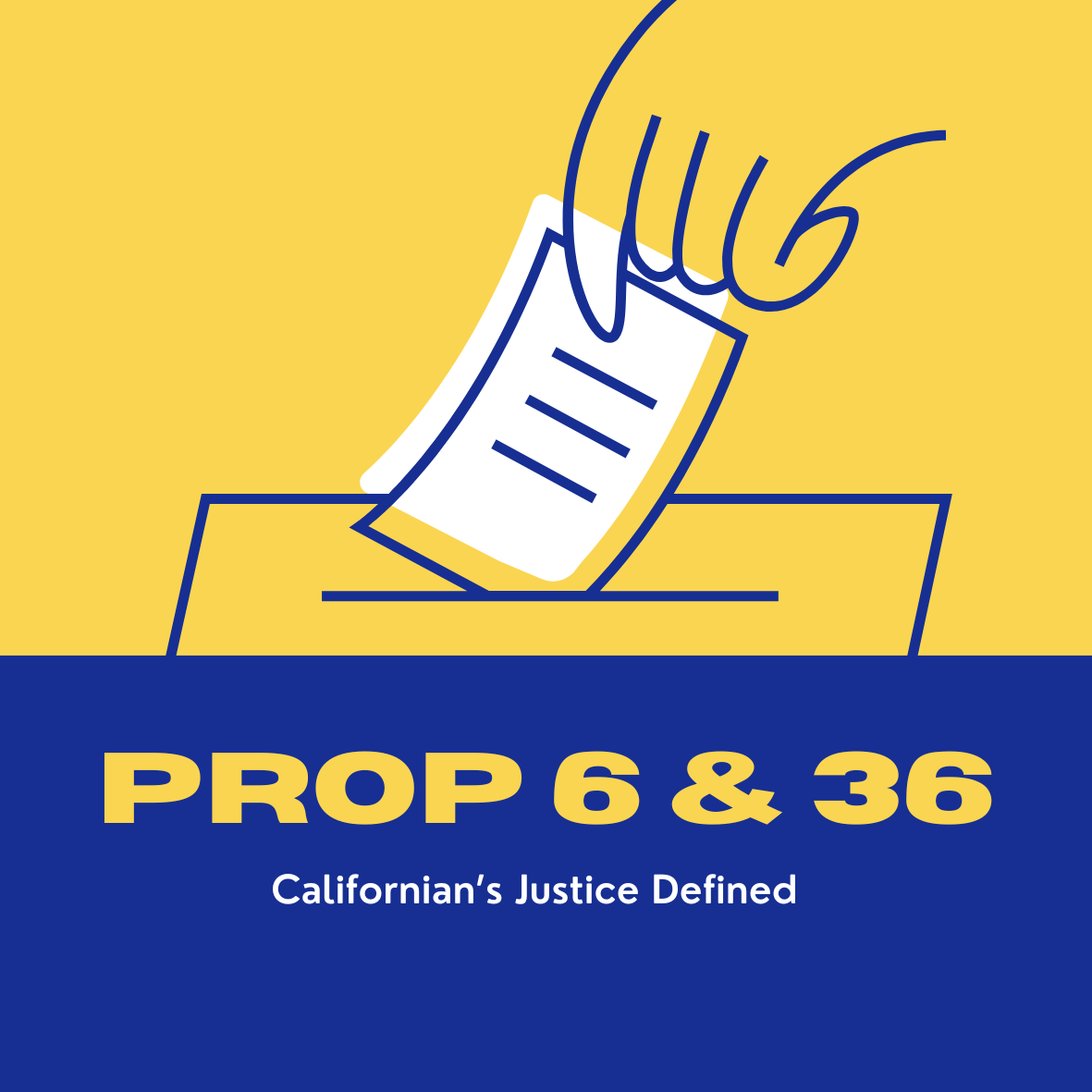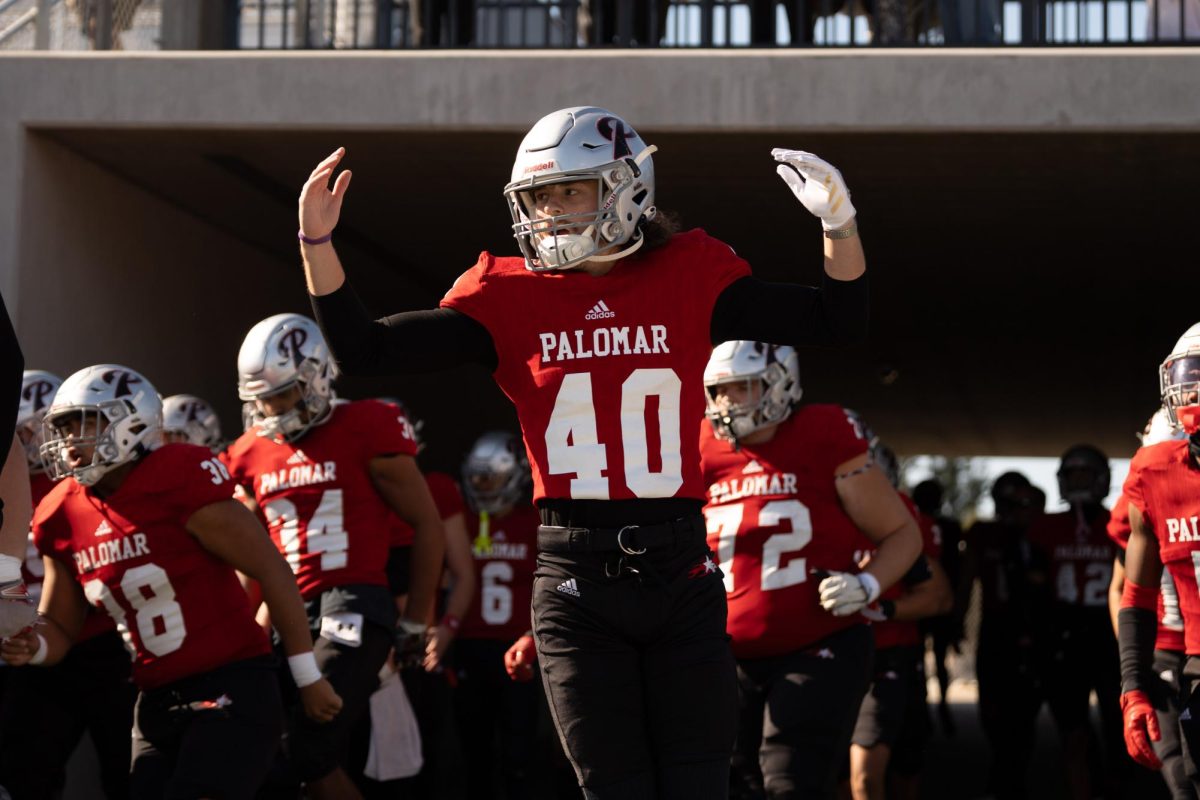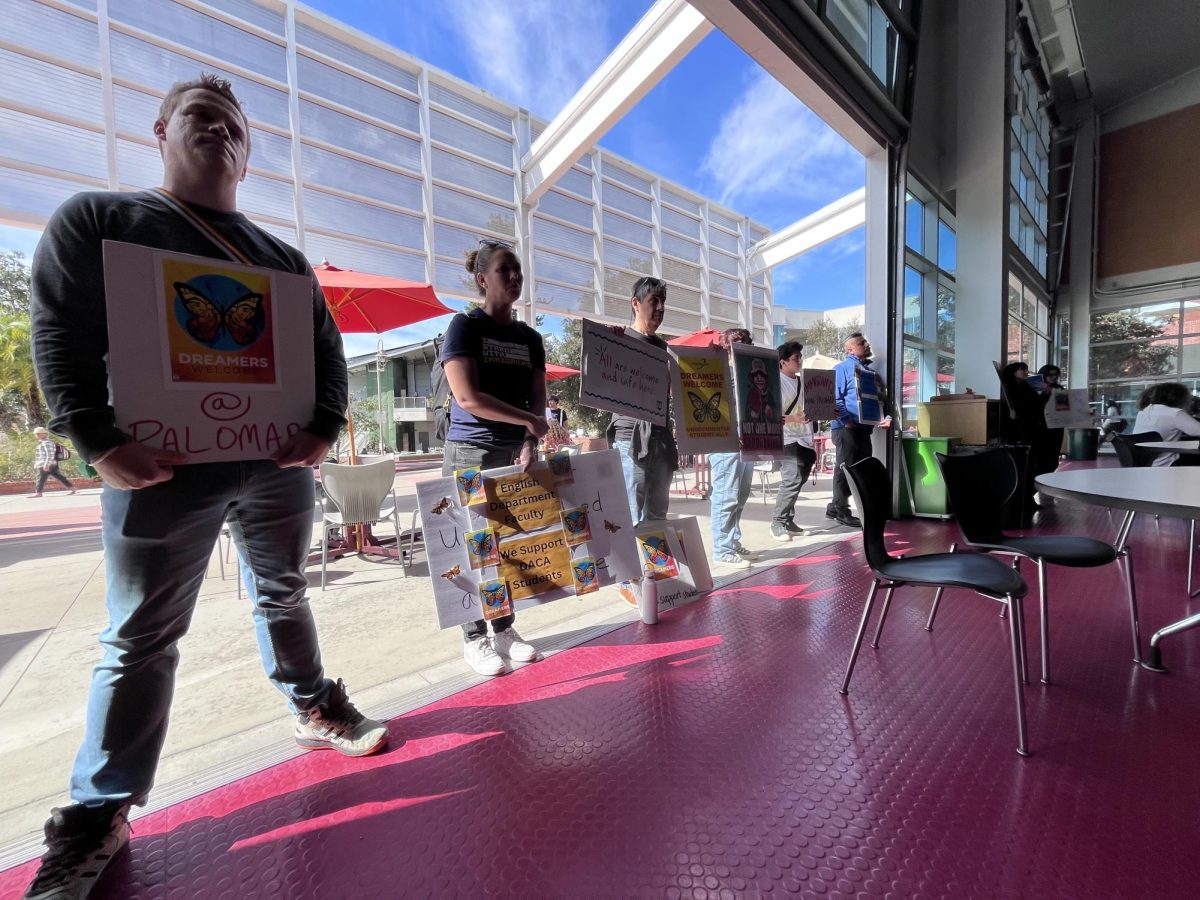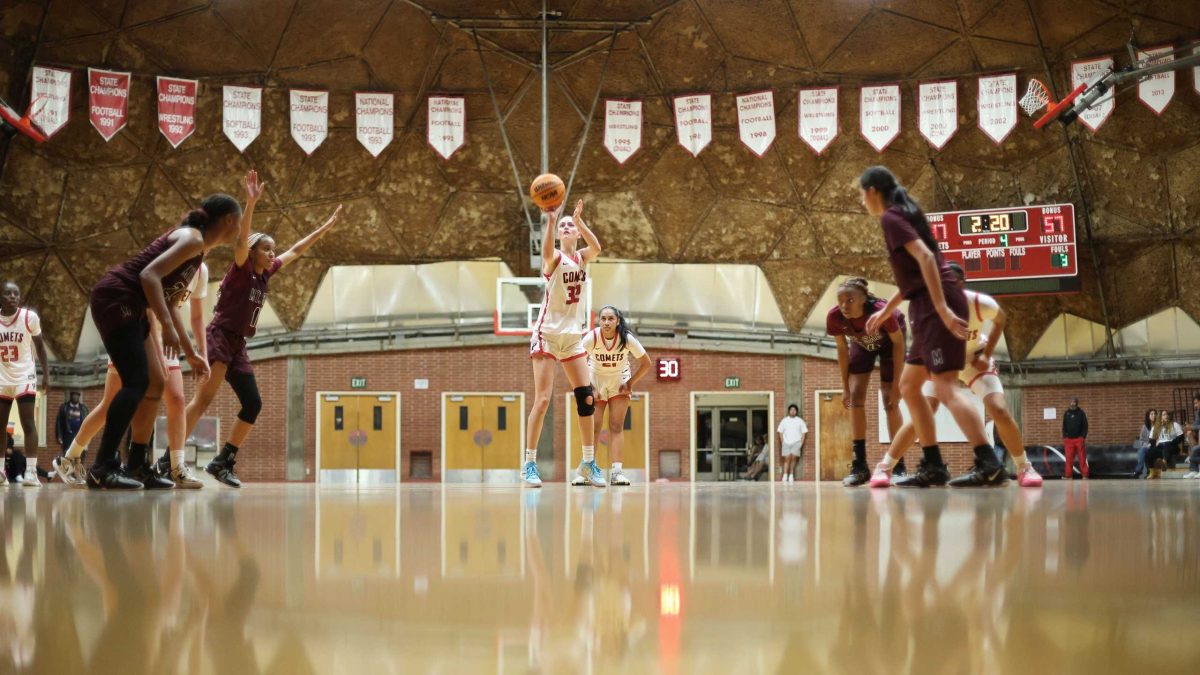SAN MARCOS—The Institutional Effectiveness, Planning, and Fiscal Stewardship Council (IEPFSC) met Thursday Feb. 29 for an open Town Hall meeting.
The meeting gave reassurances on the budget for the current school year and looked forward to what to expect for next year while bringing up important points about the balance of class sizes, budgetary reserves, and program reviews.
Senior Director of Planning, Research, Institutional Effectiveness, and Grants, Michelle Barton, opened the discussion with an emphasis on program review. She noted that the purpose of regular program review is to make sure all programs are supporting students while getting the resources they need to do so.
“Once we have our plans, our goals, our objectives—we have a think on what resources, what support, do we need to help us get there? How are we going to get there?” Barton said. “Resources are not always money or monetary. There might be additional support that we need to pull in.”
Class size is one such factor that directly affects student experience but it’s also larger classes that bring in the most revenue for the school. Vice President of Instruction, Tina Recalde, addressed the ways the council strives to balance student interest and size rules with maintaining enough revenue to support the college.
“Our classes are the biggest way that we bring revenue into the college so that we have a budget to work with. So enrollment management actually becomes very important in this conversation,” Recalde said.
The IEPFSC looked in-depth at how to offset classes that by nature or for safety reasons require a cap of a smaller class size with classes that can handle a larger size without issues.
“It might be something like nursing labs or dental assisting labs where accreditation actually requires us to have less students in that space. And those are important programs that really support our community,” said Recalde. “So we wouldn’t want to avoid offering them just because we don’t make money on them.”
Recalde continued, “So as an institution, it’s finding the balance between those low expensive classes versus the high number of classes that we can earn a little bit more money.”
The council further noted that it’s important to balance the college’s financial interests with students’ needs. Recalde pointed out that some classes don’t need a limit but don’t draw in as many students. Even so those classes can be necessary to make sure students can meet all their program requirements.
There are definitely situations where there’s only the one course, it is low enrolled, but that’s the only section and if we don’t offer it, those students don’t graduate,” Recalde said. “So chairs don’t just look simply at the numbers. There are other things that have to be considered in terms of a student’s progress toward the journey.”

When it comes to the budget for the year, Vice President of Finance and Administrative Services, Todd McDonald, said Palomar is right on track. He emphasized the importance of making sure each department is getting the budget they need no more no less.
McDonald also noted that there is a budget reserve of $26.8 million, or two months worth of expenses to cover any unexpected issues or shortfalls—a safety net for the unsure economic times both now and in the future. “We know that health care costs are gonna go up,” said McDonald.
“We know that staff, faculty, our employees get a step increase. We know that…costs go up. Utilities cost more in one year than they did previously. So those kinds of reserves can help us balance the budget when there’s low to no cost of living adjustment years,” McDonald said.
The IEPFSC will hold another town hall in the morning on April 29 just past the mid-semester mark to revisit the budget and other pressing issues related to Palomar’s financials.

































































